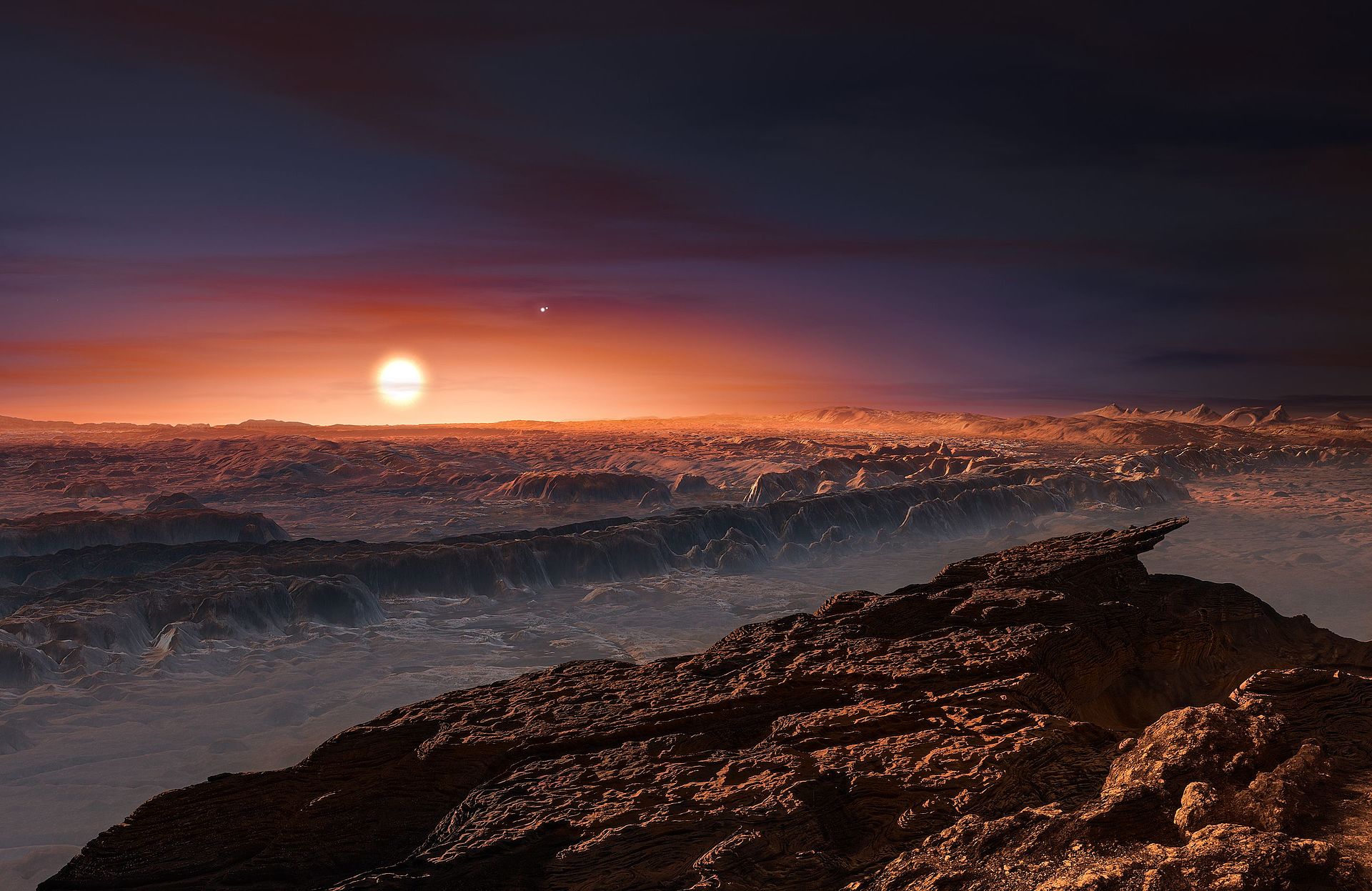
What's an Earth-Like Planet Anyway?

Project Blue contributed this article to Space.com's Expert Voices: Op-Ed & Insights.
For centuries, humans have wondered whether Earth is unique in the universe, or if similar planets exist out there. Even a decade ago, we still did not know — but then NASA's Kepler Space Telescope made discoveries that changed everything.
Thanks to that important mission, the answer became clear: other planets like ours are out in the cosmos. We just haven't seen one with our own eyes yet.
Since its 2009 launch, Kepler has discovered more than 2,000 confirmed exoplanets and has given us a huge amount of information about their orbits and sizes. The planets found range greatly in their masses, composition and orbital distances: for instance, enormous gas giants orbiting incredibly close to their stars, called hot Jupiters; planets that orbit two stars, called circumbinary planets; and rocky planets with the potential to be like Earth. [In Mission To Find Another Earth, Project Blue Hopes To Inspire (Video)]
The planets considered Earth-like are rocky on their surface and about 0.5 to 1.5 times the size of Earth. They also land in the "habitable zone" of their orbiting stars, meaning they fall in the sweet spot of orbital distance — not too close and not too far away — and therefore have the potential to be able to support liquid water on their surfaces. The ability to support water is huge, as it means the planet could have the potential to support life.
Kepler showed us these planets are common in the universe. In fact, we now know there are more potentially habitable planets in our galaxy alone than there are people alive on Earth. One out of every two sun-like stars you see in the night sky has a rocky, Earth-like planet in its habitable zone.

Earlier this year, one potentially habitable planet made news when scientists discovered it orbiting the nearby red dwarf star Proxima Centauri. That planet, called Proxima b, which has similarities to Earth that include orbiting in the habitable zone of its star, so the potential to support water, and a size about 1.3 times that of Earth.
Get the Space.com Newsletter
Breaking space news, the latest updates on rocket launches, skywatching events and more!

We now know these planets exist, but we have yet to see them. To know more about a planet's Earth-like properties, such as whether it hosts water or oxygen, further specific detection methods are needed. Thanks to recent breakthroughs, the technology now exists to capture a direct image of an Earth-like planet outside our solar system. That's what we aim to do at Project Blue.
Our mission is to capture an image, visible to the human eye, of one of these worlds. Proxima b is an unlikely candidate, as it orbits so close to its small, dim star that it would be extremely difficult to image with a telescope. Project Blue is therefore targeting our best chance at success: our stellar neighbor Alpha Centauri.
Our goal is to see a "pale blue dot" that could indicate the presence of oceans or an atmosphere — and the potential to support life. Since Alpha Centauri is a binary system, it doubles our chances, and the probability that we'll find at least one potentially habitable planet is around 85 percent.
Capturing the first image of a planet like ours and seeing it with our eyes will help us begin to characterize its properties and spark a movement to quickly further research. The photograph of Earth 2.0 would be a defining moment in human history and is sure to transform how we see ourselves in the universe.
Project Blue is running a crowdfunding campaign right now to fund initial research and design.
Follow us @Spacedotcom, Facebook and Google+. Original article on Space.com.
Join our Space Forums to keep talking space on the latest missions, night sky and more! And if you have a news tip, correction or comment, let us know at: community@space.com.









